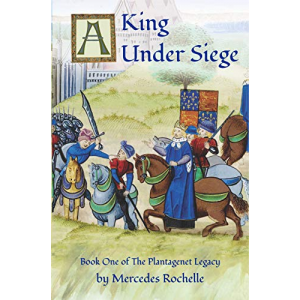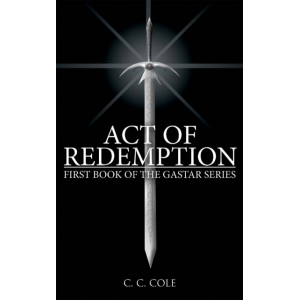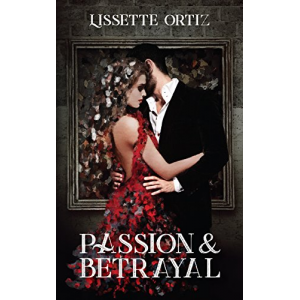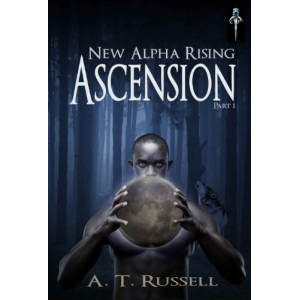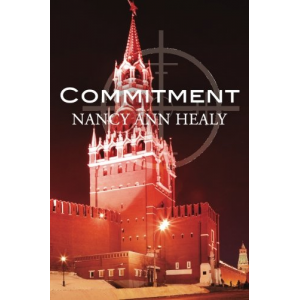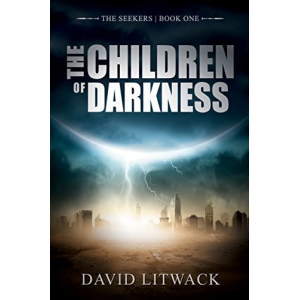- Author
- Book
- Story behind the book
- Media Links
- Reviews

John Darrin
About
JohnDarrin is a consultant on nuclear and radiological emergency preparedness. Hisexperience in the nuclear industry has taken him all over the world, from Chinato Finland, from Central America to Canada, and includes dismantling obsoletenuclear reactors, the safe treatment and disposal of nuclear weapons waste, therecovery from the Three Mile Island accident, and manufacturing electronicinstruments to monitor radiation.
Evicted from his comfortable life by the untimely death of his wife in 2007,John gave away his belongings and now lives in his RV and travels the country on his Go Places / Meet People / Do ThingsTour of North America - coming soon to a location near you.
His novel, Screenshot, is a techno-thriller about a multi-millionaire entrepreneur with a bent formurder, and a talent for creating bizarre and aptly-named killing machines. Hislatest business plan is interactive pay-per-view executions, live on theInternet, and the paying public lines up for the chance to pull the trigger andwatch the spectacle. A crackpot scientist holds the key to bursting his dot.combubble, and a free-lance writer and a rogue FBI computer geek must use it tounlock the secret of his identity and stop the killings before they become thenext prime-time broadcast. For more information, visit www.johndarrin.com.
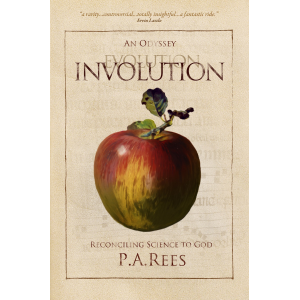
Involution-An Odyssey Reconciling Science to God
Description
<p>“<em>We are not human beings having a spiritual experience; we are spiritual beings having a human experience.”(</em>Teilhard de Chardin<em>)</em></p><p><span style="line-height:1.6em;"><em>Involution-An Odyssey Reconciling Science to God </em> is as layered as a French cassoulet, as diverting, satisfying and as rich. Each reader will spoon this book differently. On the surface it seems to be a simple and light-hearted poetic journey through the history of Western thought, dominantly scientific, but enriched with painting and music. Beneath that surface is the sauce of a new evolutionary idea, involution; the informing of all matter by consciousness, encoded and communicating throughout the natural world. A book about the cathedral of consciousness could have used any language to paint it, but science is perhaps most in need of new vision, and its chronology is already familiar.</span></p><p><span style="line-height:1.6em;">The author offers a bold alternative vision of both science and creation: she suggests that science has been incrementally the recovery of memory, the memory of evolution/involution</span><em style="line-height:1.6em;">.</em></p><p>“<em> Involution proposes that humans carry within them the history of the universe, which is (re)discovered by the individual genius when the time is ripe. All is stored within our DNA and awaits revelation. Such piecemeal revelations set our finite lives in an eternal chain of co-creation and these new leaps of discovery are compared to mystical experience</em>” (From a reviewer)</p><p>Each unique contributor served the collective and universal return to holism and unity. Thus the geniuses of the scientific journey, like the spiritual visionaries alongside, have threaded the rosary of science with the beads of inspiration, and through them returned Man to his spiritual nature and origin.</p><p><span style="line-height:1.6em;">The separation between experience and the rational intellect of science has, by modelling memory as theory, separated its understanding from the consciousness of all, and perceives mind and matter as separate, God and Man as distinct. This work is a dance towards their re-unification: Saints and scientists break the same bread.</span></p><p><span style="line-height:1.6em;">All of time and all the disciplines of science are needed for the evidence. Through swift (and sometimes sparring) Cantos of dialogue between Reason and Soul, Philippa Rees takes the reader on a monumental journey through the history of everything – with the evolution of man as one side of the coin and involution the other. The poetic narrative is augmented by learned and extensive footnotes offering background knowledge which in themselves are fascinating. In effect there are two books, offering a right and left brain approach. The twin spirals of a DNA shaped book intertwine external and internal and find, between them, one journey, Man’s recovery of Himself., and (hopefully) the Creation’s recovery of a nobler Man.</span></p><p><span style="line-height:1.6em;">From the same review “</span><em style="line-height:1.6em;">The reader who finishes the book will not be the same as the one who began it. New ideas will expand the mind but more profoundly, the deep, moving power of the verse will affect the heart.</em></p><p><em>(Marianne Rankin: Director of Communications, Alister Hardy Trust)</em></p><p> </p>
Story Behind The Book
First novel depicts frightening but feasible real-life scenario by Brooke Kenny | Staff Writer - The Gazette The idea behind John Darrin's techno-thriller "Screenshot" is voyeuristic, haunting — and not that far-fetched. In the novel, courtesy of an extremely wealthy and disturbed entrepreneur, individuals pay to participate in interactive online assassinations of criminals. A writer and a rogue FBI computer geek are dragged into the events and themselves become targets. Darrin attributes the idea to a real story his son Josh told him about a Texas rancher who set up a remote-controlled rifle and a video camera and sold time on the Internet to people who wanted to shoot wildlife that passed by. Participants could activate the rifle from their computer. In an age of increasingly interactive entertainment, Darrin fears we are moving in the direction of the audience in his novel. "…This kind of spectacle has always had its fans," Darrin says. "You look at what professional wrestling has evolved to, and even that is not enough. Now we get ultimate warrior-type contests where there are no rules. Someone has to give up or be knocked unconscious, or worse. The Internet, with its anonymity and access, makes this even easier." Darrin, who moved to Montgomery County at age 13, has lived in Bethesda, Chevy Chase, Potomac and Rockville. For now, though, his home is the 36-foot travel trailer he drives through the country. After Darrin's wife Anne died of a rare neurological disease in late 2007, he gave away all their possessions and bought the trailer, a truck to tow it and a motorcycle. He hit the open road in May 2008, and has been all over the U.S. on what he calls his "Go Places / Meet People / Do Things Tour." "I knew if I stayed in our home after she died, I would hibernate, doing my consulting work from my home office and leave only to get groceries." Darrin says. "And eventually I'd become the Unabomber or something." Darrin wrote the book during his wife's illness, but considers fiction writing entertainment rather than a form of therapy. He describes the stories he creates as movies in his head. "The way I write is that I create an exciting scenario, populate it with interesting people, and report what happens," he says. "I am often surprised by the directions the story takes, or the actions and feelings of my characters." The author is pleased at the realism of his characters, events and technology. "My hero is no hero. He's just a good man who perseveres in the face of some pretty difficult situations that he gets pulled into," he says. A sequel to "Screenshot" called "The Rocket's Red Glare," about coordinated simultaneous dirty bomb attacks, is in the works. He is also writing a non-fiction book, with five short biographies of people he has known, and ghostwriting on another project. In the fall, Darrin plans to get married and live in Frederick. Currently employed as a consultant on response preparedness for nuclear and radiological emergencies, eventually he hopes his writing will pay the bills. "Screenshot" is available for purchase at major online booksellers and by visiting www.johndarrin.com.
Media Links
Reviews
"... a satisfying debut thriller ..." that "... keeps readers on the edge of their seats." Booklist
